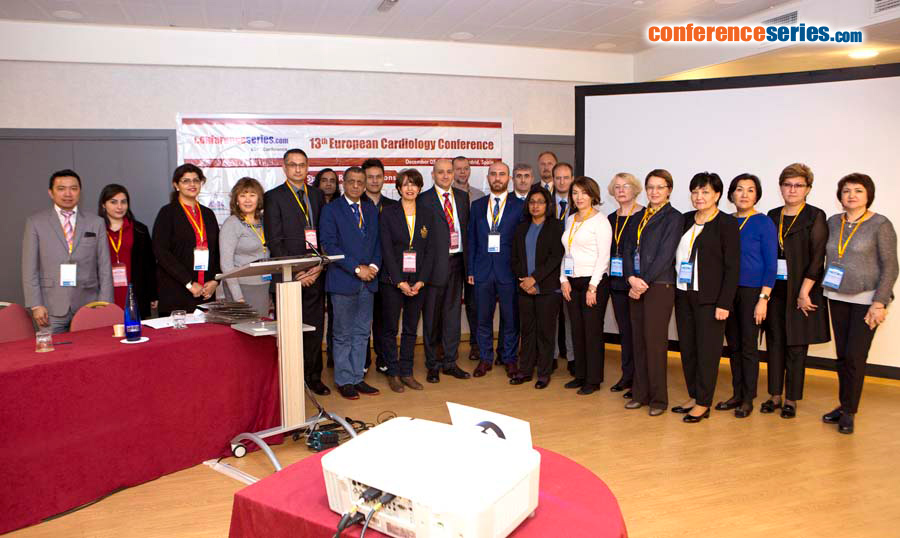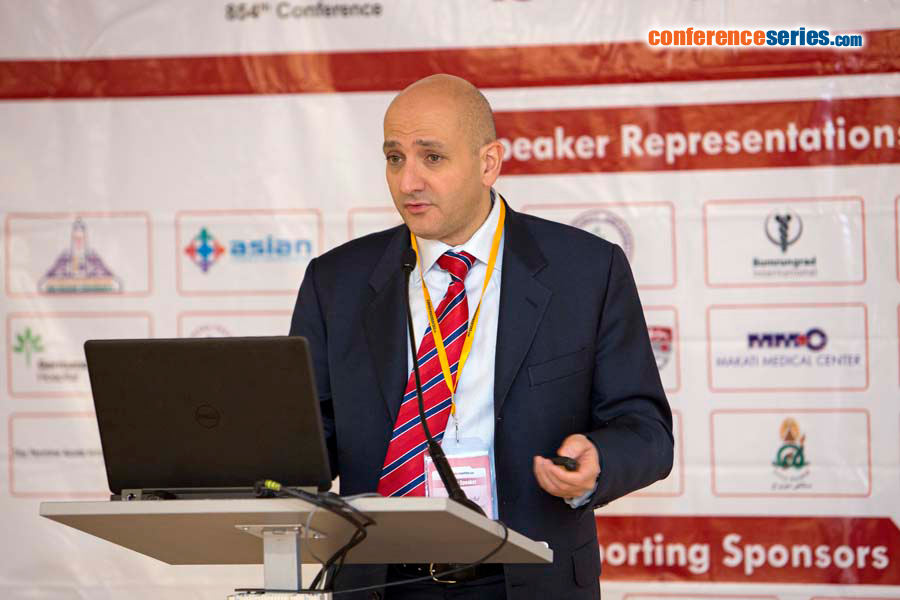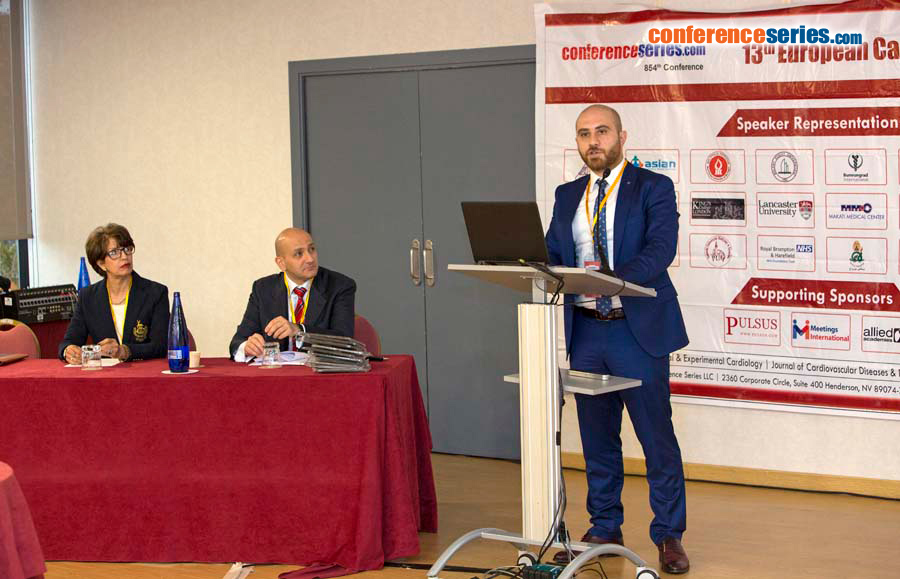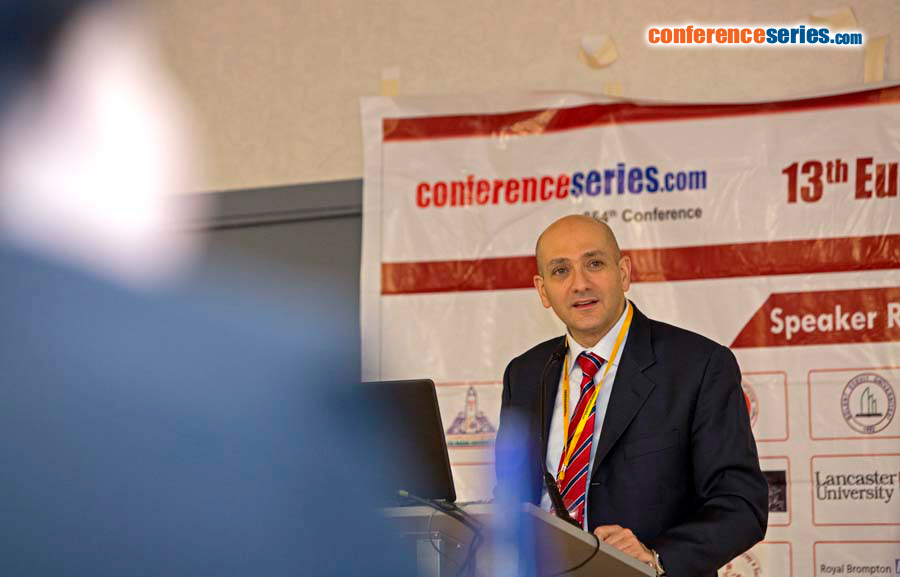
Marco Piciche
San Camillo-Forlanini Hospital, Rome
Title: Dawn and evolution of cardiac procedures before the advent of cardiopulmonary bypass
Biography
Biography: Marco Piciche
Abstract
Like the history of peoples, wars, geopolitical conflicts, and all great social movements and developments, the history of cardiac surgery must be constantly questioned and reviewed as new documents come to light or new interpretations suggest themselves for old documents. Just as courageous and determined individuals have faced down the forces of nature over the centuries to make history with great explorations of land and sea or amazing discoveries of flight, so too has the indomitable human spirit shaped the history of cardiac surgery. The origins of cardiac surgery are dramatic. It took root in suffering and has developed and evolved through an incalculable number of deaths. It is the product of the effort and abnegation of visionaries who were often criticized and at times dismissed as mad, as well as the despair of patients willing to subject themselves to new and untried procedures in the hope of cheating death. While often disregarded, the history of scientific inquiry has much to teach us. It can establish important links between past and present, providing a better understanding of current practice and charting a more realistic and imaginative path to the future. Before the advent of cardiopulmonary bypass ingenious theories and daring procedures had been devised in order to access the heart and treat myocardial wounds, angina pectoris, valve and ascending aortic diseases, and congenital anomalies. Many old ideas and experiments have fallen by the wayside. However, if released from the technological constraints of their time, some of them could be brought back and explored again with modern tools and enhanced knowledge.







